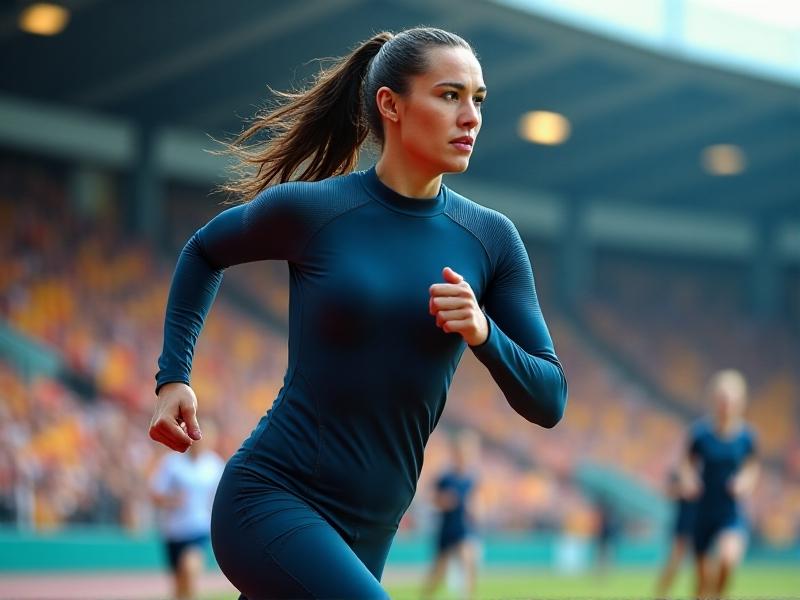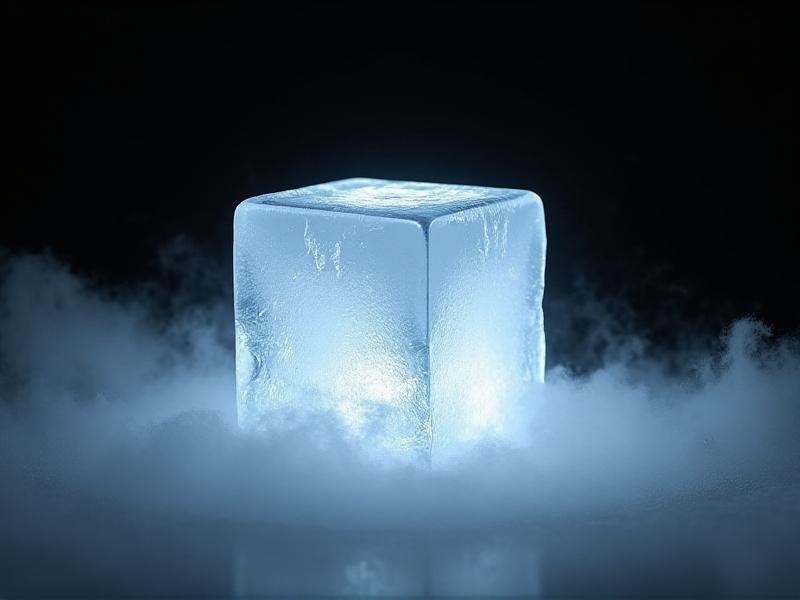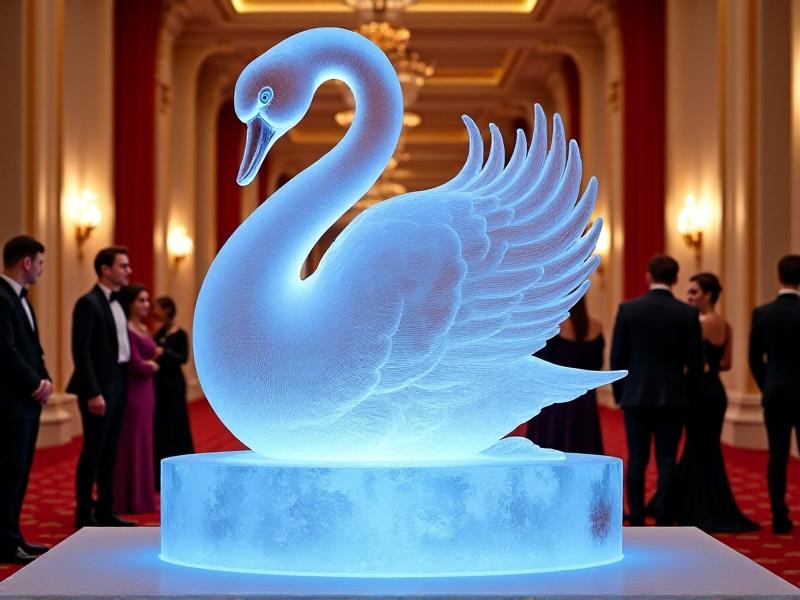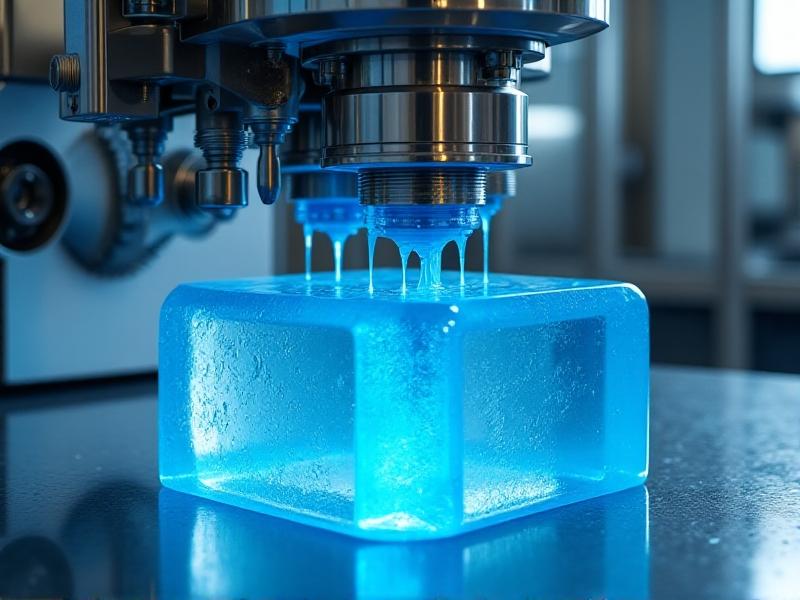Moisture-Wicking Apparel for Competition Environments
The Science Behind Moisture-Wicking Fabrics
Moisture-wicking apparel has revolutionized the way athletes perform in competition environments. But what exactly makes these fabrics so effective? The science lies in the material's ability to pull moisture away from the skin and disperse it across the surface of the fabric, where it can evaporate more quickly. This process is facilitated by the use of synthetic fibers like polyester and nylon, which are engineered to have hydrophobic (water-repelling) properties. These fibers create a capillary action that moves sweat to the outer layer of the fabric, keeping the wearer dry and comfortable.
Moreover, the construction of the fabric plays a crucial role. Many moisture-wicking garments feature a knit or weave that enhances airflow, further aiding in the evaporation process. Some advanced fabrics even incorporate antimicrobial treatments to prevent odor-causing bacteria from thriving in the moist environment. Understanding the science behind these fabrics can help athletes make informed decisions when selecting their competition gear, ensuring they stay cool, dry, and focused during their performance.

Benefits of Moisture-Wicking Apparel in Competitive Sports
For athletes competing in high-intensity environments, the benefits of moisture-wicking apparel are undeniable. One of the primary advantages is temperature regulation. By keeping sweat away from the skin, these fabrics help maintain a stable body temperature, reducing the risk of overheating. This is particularly crucial in endurance sports like marathon running or cycling, where even a slight increase in body temperature can lead to fatigue and decreased performance.
Another significant benefit is the reduction of chafing and irritation. Traditional cotton fabrics tend to absorb moisture and cling to the skin, causing friction that can lead to painful blisters and rashes. Moisture-wicking fabrics, on the other hand, remain lightweight and dry, minimizing the risk of skin irritation. Additionally, the quick-drying nature of these fabrics means that athletes can stay comfortable even in wet or humid conditions, giving them a competitive edge in challenging environments.

Choosing the Right Moisture-Wicking Apparel for Your Sport
Not all moisture-wicking apparel is created equal, and selecting the right gear for your specific sport can make a significant difference in your performance. For high-impact sports like basketball or soccer, look for fabrics that offer both moisture-wicking properties and added durability to withstand the rigors of the game. Compression garments can also be beneficial, as they provide muscle support and improve blood circulation, enhancing overall performance.
For outdoor sports like hiking or trail running, consider apparel with additional features such as UV protection and wind resistance. These added layers of protection can help you stay comfortable in varying weather conditions. It's also essential to pay attention to the fit of the garment. Moisture-wicking apparel should fit snugly but not restrict movement, allowing for maximum flexibility and comfort. By choosing the right gear tailored to your sport, you can optimize your performance and stay comfortable throughout your competition.

Maintenance and Care for Moisture-Wicking Fabrics
To ensure the longevity and effectiveness of your moisture-wicking apparel, proper maintenance and care are essential. One of the most critical steps is to avoid using fabric softeners, as they can clog the fibers and reduce the fabric's moisture-wicking capabilities. Instead, opt for a mild detergent that is free of additives and bleach. Washing your garments in cold water can also help preserve the integrity of the fibers, preventing them from breaking down over time.
When it comes to drying, air-drying is the best option. High heat from dryers can damage the synthetic fibers and reduce the fabric's performance. If you must use a dryer, choose a low-heat setting. Additionally, storing your moisture-wicking apparel in a cool, dry place can help prevent the growth of mold and mildew, which can compromise the fabric's effectiveness. By following these care tips, you can extend the life of your moisture-wicking gear and ensure it continues to perform at its best.
Innovations in Moisture-Wicking Technology
The world of moisture-wicking apparel is constantly evolving, with new innovations emerging to enhance performance and comfort. One of the latest advancements is the integration of phase-change materials (PCMs) into fabrics. These materials can absorb, store, and release heat, helping to regulate body temperature more effectively. Another exciting development is the use of nanotechnology to create fabrics with enhanced moisture-wicking properties. These nano-treated fabrics can wick moisture away from the skin even faster, keeping athletes drier and more comfortable.
Additionally, some brands are exploring the use of sustainable materials in their moisture-wicking apparel. Recycled polyester and organic fibers are becoming more common, offering eco-friendly options for environmentally conscious athletes. These innovations not only improve performance but also contribute to a more sustainable future. As technology continues to advance, athletes can expect even more sophisticated moisture-wicking solutions that cater to their specific needs and preferences.
Real-World Applications: Athletes and Moisture-Wicking Apparel
Moisture-wicking apparel has become a staple in the wardrobes of professional athletes across various sports. In tennis, players like Serena Williams and Roger Federer rely on moisture-wicking fabrics to stay cool and comfortable during long matches. Similarly, in endurance sports like triathlons, athletes wear specialized moisture-wicking suits that help them maintain peak performance over extended periods. Even in team sports like football and basketball, players benefit from the enhanced comfort and performance that these fabrics provide.
But it's not just professional athletes who can reap the benefits of moisture-wicking apparel. Amateur athletes and fitness enthusiasts also find these fabrics invaluable in their training and competition. Whether you're running a 5K, cycling through the mountains, or playing a weekend game of soccer, moisture-wicking apparel can help you stay dry, comfortable, and focused on your performance. The real-world applications of these fabrics are vast, making them an essential component of any athlete's gear.
Environmental Impact of Moisture-Wicking Fabrics
While moisture-wicking fabrics offer numerous benefits for athletes, it's essential to consider their environmental impact. Many of these fabrics are made from synthetic materials like polyester, which are derived from petroleum and are not biodegradable. The production of these materials can also contribute to environmental pollution, including the release of microplastics into waterways. However, the industry is making strides toward more sustainable practices.
Some brands are now using recycled polyester, which reduces the need for virgin petroleum and helps divert plastic waste from landfills. Additionally, there is a growing interest in developing biodegradable moisture-wicking fabrics made from natural fibers. These innovations aim to minimize the environmental footprint of athletic apparel while still providing the performance benefits that athletes demand. By choosing eco-friendly options, athletes can enjoy the advantages of moisture-wicking fabrics while also contributing to a healthier planet.
Future Trends in Moisture-Wicking Apparel
As technology continues to advance, the future of moisture-wicking apparel looks promising. One emerging trend is the integration of smart fabrics that can monitor an athlete's vital signs, such as heart rate and body temperature, in real-time. These fabrics can provide valuable data that athletes can use to optimize their performance and recovery. Another exciting development is the use of 3D printing to create customized moisture-wicking garments that are tailored to an individual's body shape and specific needs.
Additionally, there is a growing focus on creating multi-functional fabrics that offer more than just moisture-wicking properties. For example, some fabrics are being designed to provide both moisture management and UV protection, making them ideal for outdoor sports. As the demand for high-performance athletic apparel continues to grow, we can expect to see even more innovative solutions that push the boundaries of what moisture-wicking fabrics can achieve. These future trends promise to enhance the athletic experience, offering new levels of comfort, performance, and functionality.








